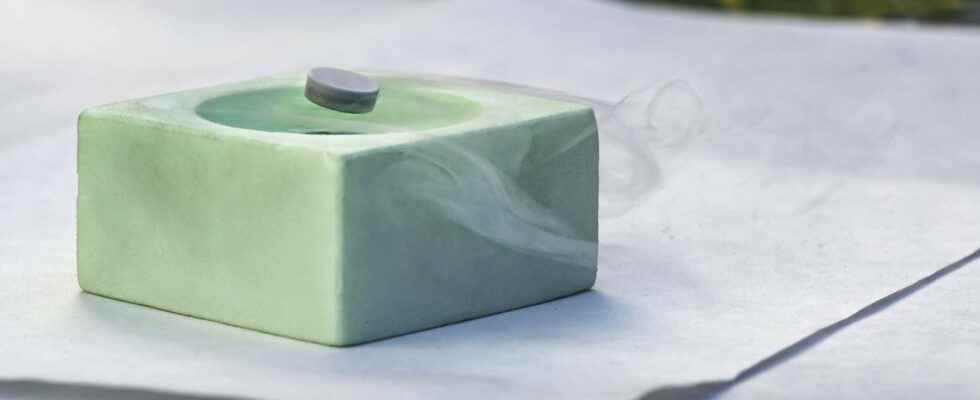You will also be interested
[EN VIDÉO] Superconductivity: the secrets of quantum levitation It’s hard not to be fascinated by superconductivity. This quantum property which, among other feats, makes objects levitate, is today at the center of a large number of cutting-edge research. Here is a video of an overview of the most beautiful quantum levitations.
The very first “acoustic clamp” was produced in 2016 by CNRS researchers: a complex system based on sound waves, made up of emitters and reflectors, which manages to trap a particle and lift it! This device was then recreated all over the world, then improved many times. Unlike the acoustic levitation, which keeps an object in the air previously deposited where it should levitate, this technique makes the object take off from a reflective surface. While they had already made such a device last year, this time researchers from the University of Tokyo decided to improve its stability, more precisely that of the particle once it is lifted. The details of their project were presented in a study, published in the Japanese Journal of Applied Physics.
Improvement of the device called “acoustic gripper” for handling objects without contact. © TMU, YouTube
The acoustic gripper, an evolution of acoustic levitation
Their device of acoustic clamp is based on the use of transducers with ultrasound, i.e. devices that convert an input signal into ultrasound. For the 180 transducers used, the output frequencies were at 40 kHz. At this frequency, the human ear is no longer able to hear the signal. The whole was placed in the form of a hemispherical network, with the aim of surrounding the target particle. But how can sound waves “trap” a particle? Everything rests on the pressure acoustic radiation: the sound waves exert pressure on the environment in which they propagate.
By using either several sources of the same frequency which combine or are reflected, or only one which is reflected, it is possible to generate what is called a standing wave: a wave which contains certain points called ” knots “, for which the amplitude remains constant over time, and between these nodes of the “bellies” where conversely the amplitude varies over time.
At the level of the nodes, the amplitude does not vary. Thus, by adjusting it so that the force exerted by the waves compensates for the gravity, it is possible to immobilize a particle at the acoustic pressure nodes. It’s here acoustic levitation ! For the acoustic clamp, it’s more complicated. The emitters must be tuned so that the particle moves, using a continuous variation of the emission frequency. “A particle levitates at the nodes of a standing wave. Therefore, changing the frequency of the signal from the transducers allows the transfer of a particle”, describe the researchers. The nodes are thus moved little by little, and the levitating particle will follow these nodes. However, the move is unilateral.
Two modes, “in phase” and “out of phase”, to bring the particle to its destination
The acoustic clamp developed by the researchers is based on a hemispherical network of ultrasonic transducers. The manipulated particles are of the order of a millimeter, and move following the acoustic pressure field created by this network. But within that field, the particle oscillated until they updated their acoustic tweezers: A major concern when shooting objects using the acoustic radiation force is the reflection effect caused by the scene. Since the sound field is disturbed by this reflection, it is not possible to hold the object stably,” explain the researchers. A problem that scientists have solved by “a blocking and a phase and amplitude control to the excitation of a network of transducers”.
More specifically, they use a ” switching adaptive between opposite-phase and in-phase excitations”. The particle is first captured from the ground by in-phase excitation, not all transducers are used. Then the displacement towards the center is carried out with an out-of-phase mode (in opposite phase), this time of the whole network, and it is then maintained by using the complete network, always in phase opposition. The signal thus created makes it possible to gently lift the particle, then to move it and maintain it in a central position. This type of device could have apps in various fields, particularly in those where the manipulation of components could be done without contact: electronics, or chemistry. Such an experiment can also be reproduced more easily in thespacewhere gravity no longer needs to be compensated.
—
LAST DAYS to take advantage of our summer offer.
Subscribe to our media for a period of 3 months and receive the Mag Futura as a gift!*
*Offer valid for any new 3-month subscription to the “I participate in the life of Futura” offer on Patreon.
—
Interested in what you just read?
